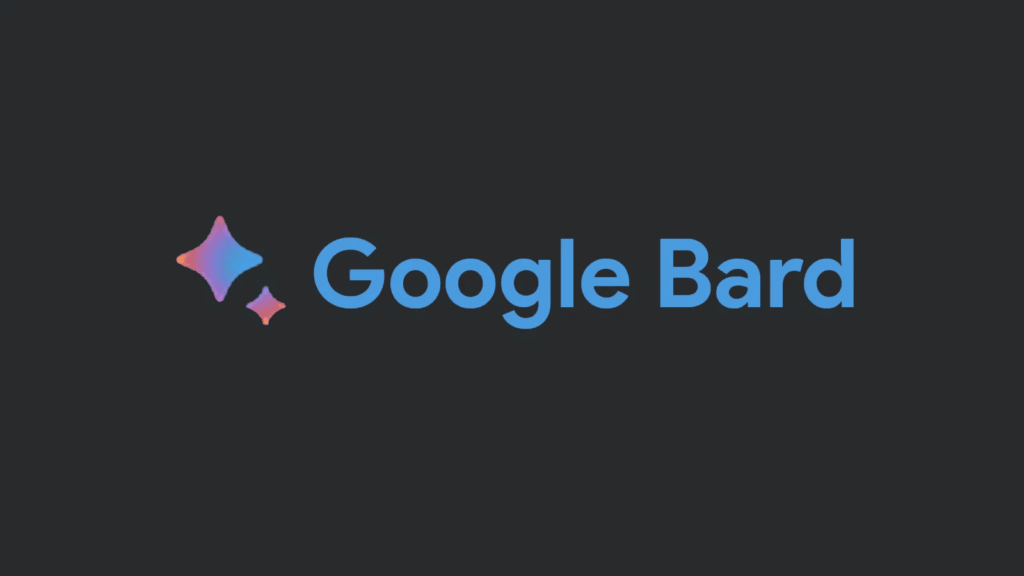
BARD: Google’s Remarkable AI Innovation for Creatives
- Categories Digital Transformation in Business
Written by: ESEI
In recent years, artificial intelligence (AI) has made significant advancements across various industries, revolutionizing the way we live, work, and create. Google, a frontrunner in AI research and development, has been at the forefront of many groundbreaking innovations. One such remarkable advancement is BARD, an AI system designed to assist creatives in generating original and inspiring content. In this blog post, we will delve into the fascinating world of BARD, exploring its capabilities, impact, and potential applications in the creative landscape.
BARD: An Introduction to AI Innovation
BARD, which stands for “Building Automated Resilient Determination,” is an AI system developed by Google that combines natural language processing, machine learning, and large-scale data analysis. Its primary objective is to aid content creators, such as writers, poets, and songwriters, by generating creative prompts, suggestions, and even complete pieces of work. Google aims to augment human creativity rather than replace it, empowering individuals to explore new artistic horizons.
How BARD Works
BARD’s functionality is rooted in its ability to analyze vast amounts of text data from books, articles, poems, songs, and other written works. This vast corpus of knowledge serves as the foundation for its understanding of language, context, and creative expression. By employing advanced algorithms and neural networks, it can generate original ideas, refine drafts, and even provide constructive feedback to the user.
Applications and Impact
Idea Generation: an invaluable tool for creators struggling with writer’s block or seeking inspiration. Generating prompts based on specific themes or styles, jumpstart the creative process and help artists overcome initial hurdles.
Collaboration: its collaborative potential is immense. It can act as a virtual co-creator, assisting in brainstorming sessions, refining concepts, and expanding on existing ideas. Writers can bounce ideas off BARD, receiving instant feedback and suggestions for improvement.
Learning and Education: potential to transform the way we learn and teach creative disciplines. Aspiring writers and students can leverage BARD’s vast knowledge and expertise to improve their writing skills, explore different genres, and gain insights from renowned authors and poets.
Accessibility: democratize creativity by providing individuals with limited resources or barriers to entry an opportunity to express themselves artistically. Its ability to assist in content creation and refine drafts can empower emerging artists to hone their craft and share their work with the world.
Ethical Considerations
With any AI system, ethical considerations are of paramount importance. Google has taken steps to ensure that BARD adheres to ethical guidelines, avoiding biases and discriminatory content generation. User privacy and data protection are also key priorities, with Google employing strict measures to safeguard personal information.
The Future of BARD
As BARD continues to evolve, we can anticipate more sophisticated features and functionalities. Future iterations may incorporate voice recognition, enabling real-time collaboration and interaction. BARD may also expand its creative repertoire to include visual arts, music composition, and even cinematography, further broadening its impact across multiple creative disciplines.
Google’s AI represents a significant milestone in AI innovation, showcasing the potential for technology to augment human creativity rather than replace it. Google’s commitment to empowering artists, writers, and creators, exemplifies the transformative power of AI in the creative landscape. As this remarkable AI system continues to develop, we eagerly await the new frontiers of artistry and imagination that BARD will unlock for creatives worldwide.
How to Maximize Your College Experience in Barcelona
Previous post



